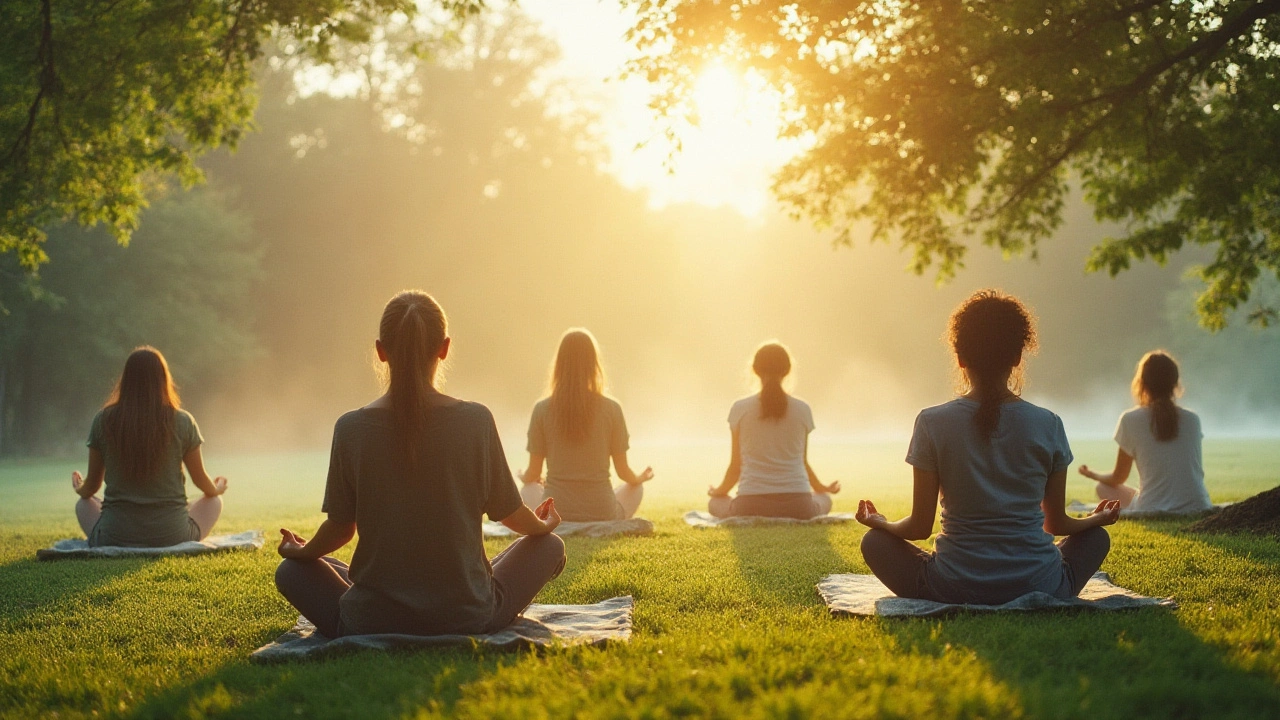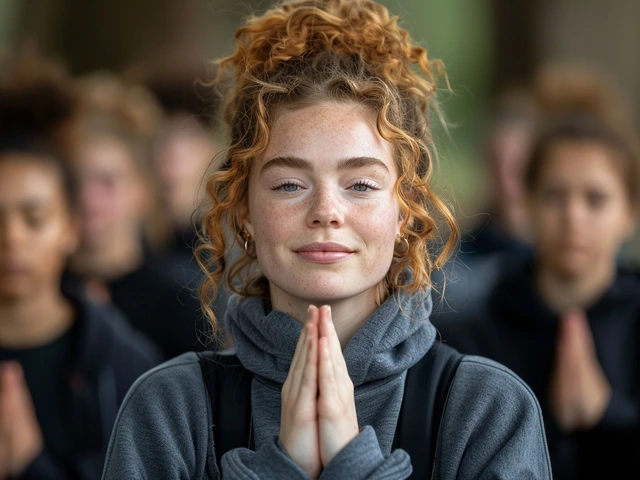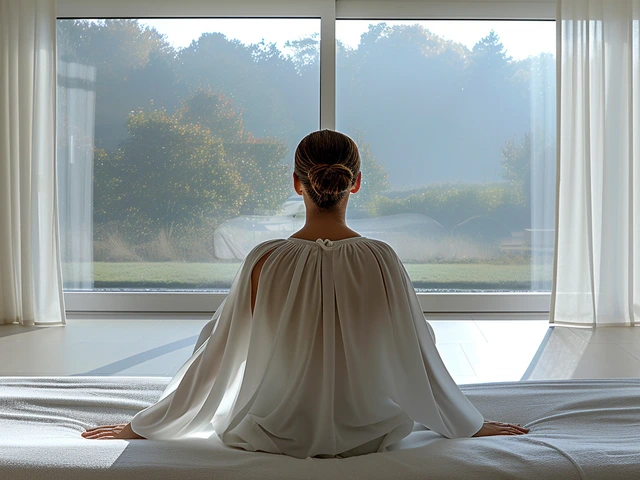Body Learning: Simple Skills to Move Better and Feel Better
Body learning means teaching your nervous system, not just your muscles. Instead of forcing harder workouts, you learn to sense how you move, fix small habits, and let the body sort itself out. That approach helps with pain, stiffness, balance, and everyday comfort. Below are clear, practical steps you can try today and short notes on therapies that help when you need a guide.
Quick practices you can start in 5–10 minutes
1) Body scan: sit or lie down. Slowly move your attention from toes to head. Notice tension, breath, temperature. Don’t try to change anything—just notice. Five minutes daily builds big awareness over weeks.
2) Small-range movement: take a painful shoulder or tight hip and move it in tiny, comfortable arcs. Keep each motion easy and slow. Repeating gentle ranges rewires how the joint moves without pain spikes.
3) Stop-Sense-Move: when you notice pain or bad posture, stop. Sense where the effort is and what makes it worse. Then move one small, different way—softer, slower, or lighter. That small change trains your brain to choose easier patterns.
4) Breath with movement: try 6–8 slow breaths while swaying or rolling your shoulders. Syncing breath and motion calms the nervous system and makes new movement patterns stick.
When to see a teacher or therapist
Self-practice helps, but some problems need expert hands. Choose a method that matches your goal: Feldenkrais and Alexander-style work are great for movement awareness and injury prevention. Ortho-Bionomy and gentle manual therapies suit chronic pain and where tissues are sensitive. Hellerwork and Rolfing focus on posture and structural alignment. If you have late-stage illness or deep emotional stress, palliative or therapeutic massage can offer comfort beyond physical relief.
Find a practitioner who explains what they’re doing and gives simple homework. Good teachers show you short exercises you can repeat at home, not endless passive treatments. Ask about training, session length, and what to expect in the first visit.
Practical tips for steady progress: practice short sessions daily instead of one long weekly session; record small wins (less stiffness, easier stairs); slow down—speed hides poor patterns; and stay curious—treat sensations as data, not threats.
Body learning isn’t magic, but it’s reliable. Small changes in awareness add up: less pain, better balance, clearer movement choices. Try the quick practices above for two weeks and notice what shifts. If you need guided work, pick the therapy that matches your issue and a practitioner who gives you homework. Your body already knows a lot—learning helps it remember and work smarter.

Feldenkrais Training: Unlocking Mindful Body Movement for Lasting Wellness
Discover how Feldenkrais training can transform your mind and body through mindful movement. Explore its science, practical tips, and real-life stories in this comprehensive guide.
Categories
- Health and Wellness (148)
- Alternative Therapies (86)
- Massage Therapy (40)
- Travel and Culture (15)
- Beauty and Skincare (9)
- Holistic Health (8)
- Health and Fitness (5)
- Spirituality (5)
- Other (2)
- Personal Development (2)
Popular Articles



